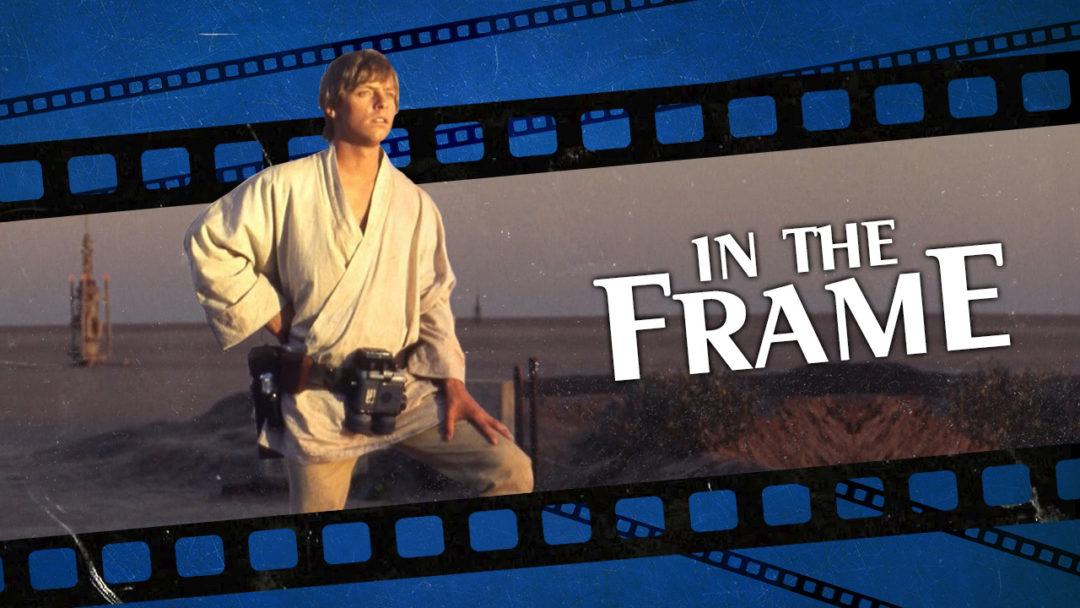It appears that The Rise of Skywalker will not be the end of the “Skywalker Saga” for Star Wars.
Despite the heavy emphasis on closure within the marketing, The Rise of Skywalker ends with an obvious sequel hook. Rey takes Luke and Leia’s lightsabers back to the desert planet of Tatooine and buries them near the ruins of the Lars family homestead as the ghosts of Luke and Leia look on with approval.
It is a strange scene for a number of reasons. It is odd that Rey would think to bury Leia’s lightsaber on a planet where her strongest memory was being enslaved by a gigantic slug. The entire point of Star Wars was that Luke could not wait to get away from Tatooine, only returning fleetingly in Return of the Jedi.
None of this really matters. Rey has chosen to bury those lightsabers rather than destroy them so that they might be unearthed in 10-20 years by a new protagonist in a new iteration of the Star Wars saga that will most likely be tied to the Skywalker Saga. Daisy Ridley may not plan on coming back immediately, but nostalgia and money are powerful forces.
However, it seems that the Skywalker Saga will not even be allowed to rest for that long. There are already rumors that Disney is looking to cast a young Luke Skywalker in its Disney+ series focusing on Ewan McGregor’s Obi-Wan Kenobi. It has also been said that existing characters from the cinematic Star Wars franchise will appear in the second season of The Mandalorian.

Of course, The Rise of Skywalker was never going to mean the end of Star Wars. The Star Wars franchise is too lucrative. Market forces suggest there will still be Star Wars movies in production long after the last person to read this column has died. Even the planned “hiatus” after The Rise of Skywalker doesn’t feel like a real hiatus. There will be more shows and a new movie in 2022.
However, the form and content of the franchise’s future are yet to be determined. The future is an open book. In theory, there is no way to know what Star Wars might look like in 20 years. It might be something radically different and boldly imaginative. Increasingly, it feels like it will probably just be the same characters, concepts, and conflicts circling one another.
No matter how one might feel about The Rise of Skywalker, it represents the opportunity to draw a line under a particular iteration of Star Wars. It might be a good thing to leave behind characters like Luke Skywalker and Obi-Wan Kenobi, to get away from evil empires and heroic rebellions, to dream beyond the Sith and the Jedi. One of the central appeals of Star Wars has always been how expansive and how immersive its universe can be, the way that it seems to expand beyond the line of sight of the camera and the characters.
It might be healthier in the long term for the franchise to look beyond the familiar. If the more extreme and vocal reactions to The Last Jedi demonstrated one thing, it was that certain traditional fans were uncomfortable with creators who offered takes on established characters that differed from their own, no matter how much sense that take might make.
Indeed, for all the controversy that The Last Jedi caused, it made a strong argument for looking beyond the trappings of the original and iconic trilogy. It accelerated the retread that began with The Force Awakens by positioning a subversive restaging of Return of the Jedi at the end of its second act, allowing The Rise of Skywalker the chance to break free of repetition.

More than that, the characters within The Last Jedi argued for the necessity of letting the past go, of refusing to treat it as a sacred set of boundaries that confines the saga. There was much discussion of Kylo Ren’s instruction to “let the past die – kill it if you have to.” This was perhaps too confrontational. Yoda offered a more reflective assessment, “We are what they grow beyond.”
For all the controversy that The Last Jedi engendered with certain segments of fandom, it earned rave reviews and an “A” grade from audiences on opening night. Despite a lack of development news, Rian Johnson’s planned Star Wars trilogy that would focus on “a corner of the galaxy that Star Wars lore has never before explored” might be just what the franchise needs.
Franchises must grow beyond their existing boundaries. At one point in relatively recent history, this was not a radical notion. When Star Trek returned to television in 1987, 18 years after the cancellation of the original series, it was not resurrected as a painstakingly faithful recreation of the classic show. Instead, Gene Roddenberry offered a bold reimagining with Star Trek: The Next Generation.
The Next Generation pushed the franchise into the future, offering a completely different take on the original’s aesthetic. In the first few years, older aliens like the Romulans and the Klingons were used sparingly as new races like the Ferengi, the Cardassians, and the Borg were introduced. The show occasionally recycled ideas in its troubled early seasons, but it eventually found a strong voice.
Cameos from existing characters were employed sparingly. “Bones” McCoy made a cameo in the pilot, “Encounter at Farpoint.” Sarek appeared in the third season in a self-titled episode. The series waited until the fifth season to bring back Spock in the event two-parter “Unification, Part I & Part II.” At one point, writers famously had to fight to let Picard say the word “Spock” out loud.

Of course, this firm rejection of easy fan service and shameless continuity fetishization is tough. Fans were initially hostile to the mere existence of The Next Generation. The writers and cast would constantly get letters and questions decrying them as imposters and insisting they had no right to the legacy. It would only be worse in the age of social media, where those fans’ voices are amplified.
This explains why so many established brands and franchises retreat into the comforts of fan service, playing it safe with familiar iconography. It is easier to sell a spin-off or a new concept when it has an attachment to something audiences and fans already know. This is particularly true in an era when media is so fragmented and there is a greater need to establish a strong connection immediately.
These forces are felt even within the modern Star Trek franchise. Star Trek: Discovery centers around Spock’s previously unmentioned half-sister Michael Burnham, and the second season features an extended appearance from the USS Enterprise. More blatantly, the second modern Star Trek series, Picard, will center around an already established and beloved character.
There are countless other examples. The James Bond franchise felt the need to resurrect the villain Ernst Stavro Blofeld in Spectre. The cliffhanger of the most recent season premiere of Doctor Who hinges on the return of classic villain The Master, who last appeared only 13 episodes earlier. Even Elizabeth Banks’ Charlie’s Angels indulged in nostalgic fan service.
This is a very real problem. Fictional universes and franchises used to grow outwards, towards the unknown and embracing new possibilities. The appeal of franchises like Star Wars was always that they were as limitless as the audience’s (and the writers’) imaginations. These days, those universes are just getting smaller and smaller.





